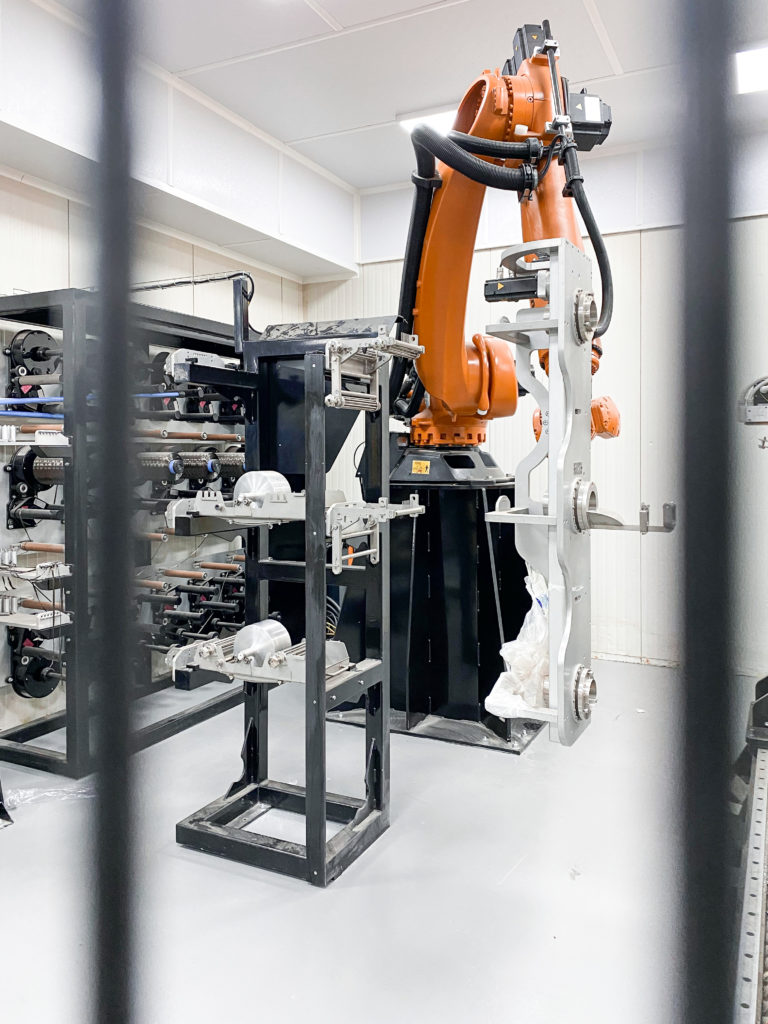In recent years, CNG is accepted as main fuel, but also it is used as an alternative fuel at passenger vechiles. There are many models of vechiles using CNG. Heavy vechiles like buses and tracks are prefered CNG as main fuel. In recent years, CNG engines reached at high technlogy level.
Reducing reserves of petrol and increasing price make alternative fuels as main fuel. CNG and hydrogen become first choice as the result of petrol’s price and effect to the environment. Besides CNG, Hydrogen or HCNG(%20 Hydrogen %80 CNG) can be filled by adding equipment at CNG stations.
After natural gas come out from well with basic cleaning process, transfered through pipeline without effects of air conditions. Filling without storing at CNG stations eases natural gas to spread and establishment of sytem At the same time, simplicity of processing and transport of natural gas causes lower cost than petrol.
Comparing CNG with Other Fuels
Advantages of CNG by other fuels:
- Safety standarts of CNG are higher
- CNG is more environmental fuel with low emissions.
- Higher emission than EURO 5 standarts
- CO2 emission is %25 lower at CNG
- Security of supply of natural gas in Turkey is high,
- CNG is heaper than other fuels
- Octane number is 124 and higher.
- Emission of particles is close to zero,
- Being gas state at engines, CNG provies most effective ignition at engines.
- CNG is the fuel causing least knock at engines,
- CNG engines are silent and vibration-free
- The same performance at cold or hot air conditions.
Service buses in ABD, Califonia use CNG necessarily. Usage of CNG at canal boat has been completed in Holand. In many countries, only vechiles running on CNG are allowed to enter in center of the city. These examples proofs superority of the safety and emissions of CNG
Periodic maintenence time extends, Wearing out caused by vibration reduces, CNG doesn’t include contaminants, so oil life extends. Addition of these positive values and very important advantage of its cost makes CNG more economic than other fuels.
Other fuels equals to 1m³ CNG:
|
1 m³ CNG
|
|
|
1 m³ CNG
|
|
|
1 m³ CNG
|
|
|
1 m³ Benzin
|
|
Conversition is according to ABD GGE system. The amount of savings can be calculated according to a bus driving in a city.
Using area of CNG
CNG can be used in two field areas as a compressing of natural gas:
- CNG AUTOGAS can be used at vechiles,
- CNG ENERGY in special ransporting container can be transferred to consumers who use it as natural gas and it cen be consumes by reducing pressure.
Vechiles using CNG Autogas
- Automobiles
- Local and non-city buses
- Local logistic vechiles and vechile fleets
- Vechiles like garbage traks and road cleaner
- Heavy vechiles, military and public service vechiles
- Boats using in canals and seas, ferryboat, sea taxis
- Trains, motorcycles, tripators
- Airplains and all kinds of apron tools
- Work machines, earth-moving truck fleets, forklifts
How does CNG use in vechiles?
Basic equipments at CNG vechiles
- Suitable engine for CNG
- CNG cylinders
- Fuel line and regulators
CNG cylinders and Technology
Cylinders that is suitable for being filled CNG are seperated as made of steal and other chemicals. Comparasion between steal and carbon fiber cylinders is below.
|
Carbon fiber
|
Steel
|
|
Water Capacity
|
I
|
102
|
100
|
|
Tare Weight
|
kg
|
38
|
103
|
|
Full Weight
|
kg
|
56.3
|
42.8
|
|
CNG Capacity
|
m3
|
25.8
|
25
|
|
Pressure
|
bar
|
200
|
200
|
Which part of vechiles can be filled with CNG?
CNG is filled with equipments that compress natural gas at high pressure and fill in cylinders. Natural gas with different pressures coming to pipeline, is increased to He 200 or 250 bar pressure by compression system. CNG is filled to vechiles by dispensers. According to filling velocity and dispensers capacity, for example 300 m³ in 4 minutes, CNG is filled in a bus tank.
Transport System of CNG Energy
The most economic way to transport CNG to consumers where natural gas pipelines can not be reached to, is CNG method. Pressure of Natural gas is increased to 200-250 bar by CNG compressor and gas is loaded at special transport vechiles. Widely used CNG energy transporting cantainers are;:
- CNG Battery: 150 m³ at 200 bar,
- CNG cylinders trailer: 4500- 5500 m³ CNG is filled to this vechile consisted of steal cylinders and moved by tow track.
- CNG Cylinder truck: 14,000 m³ CNG is filled to these trailers consisted of 250 bar carbon fiber cylinders and moved by tow truck.
Different sizes of models of hese ttransporting systems can be made. 200 or 250 bar pressure can be chosen. Different stocking technics can be used at consumer area.




